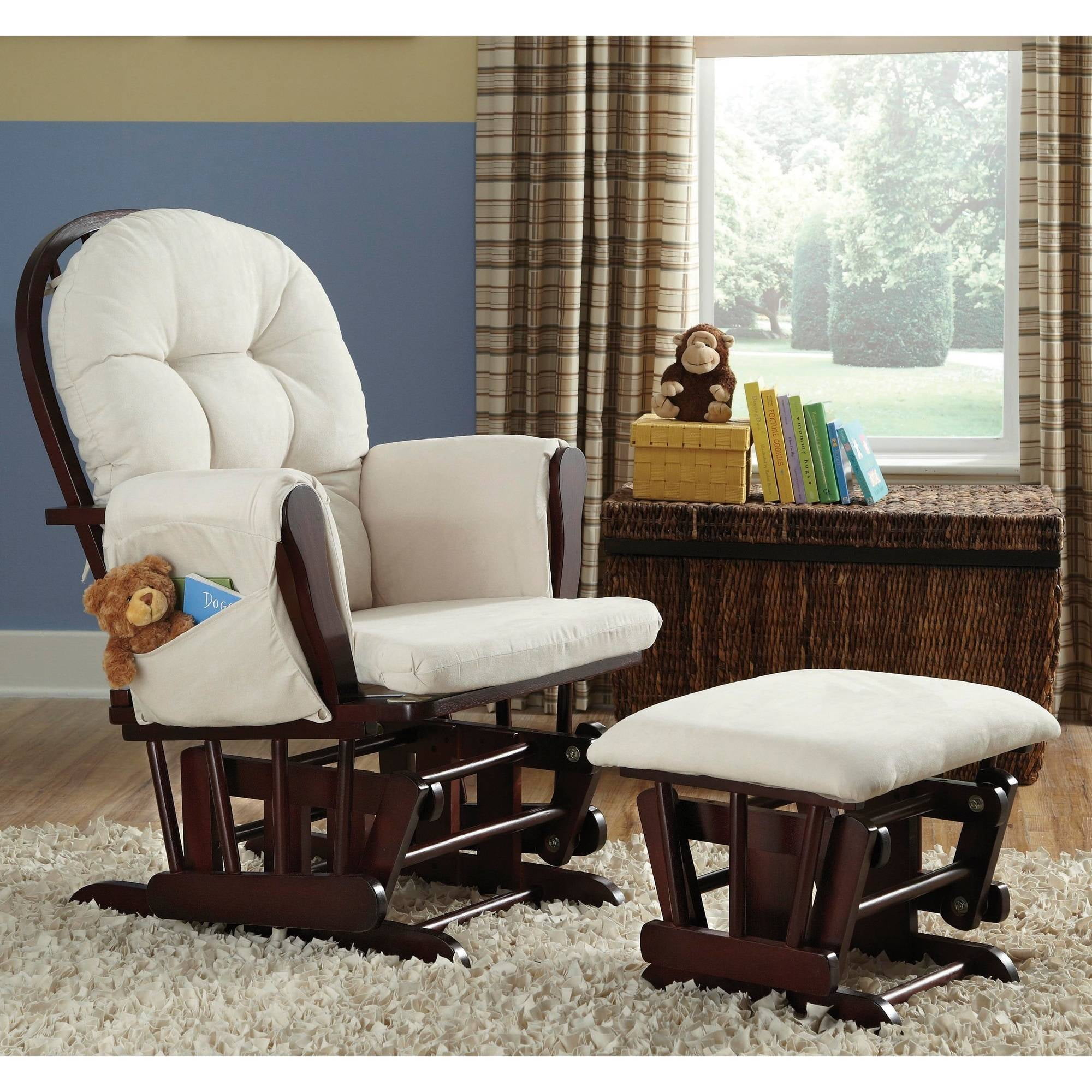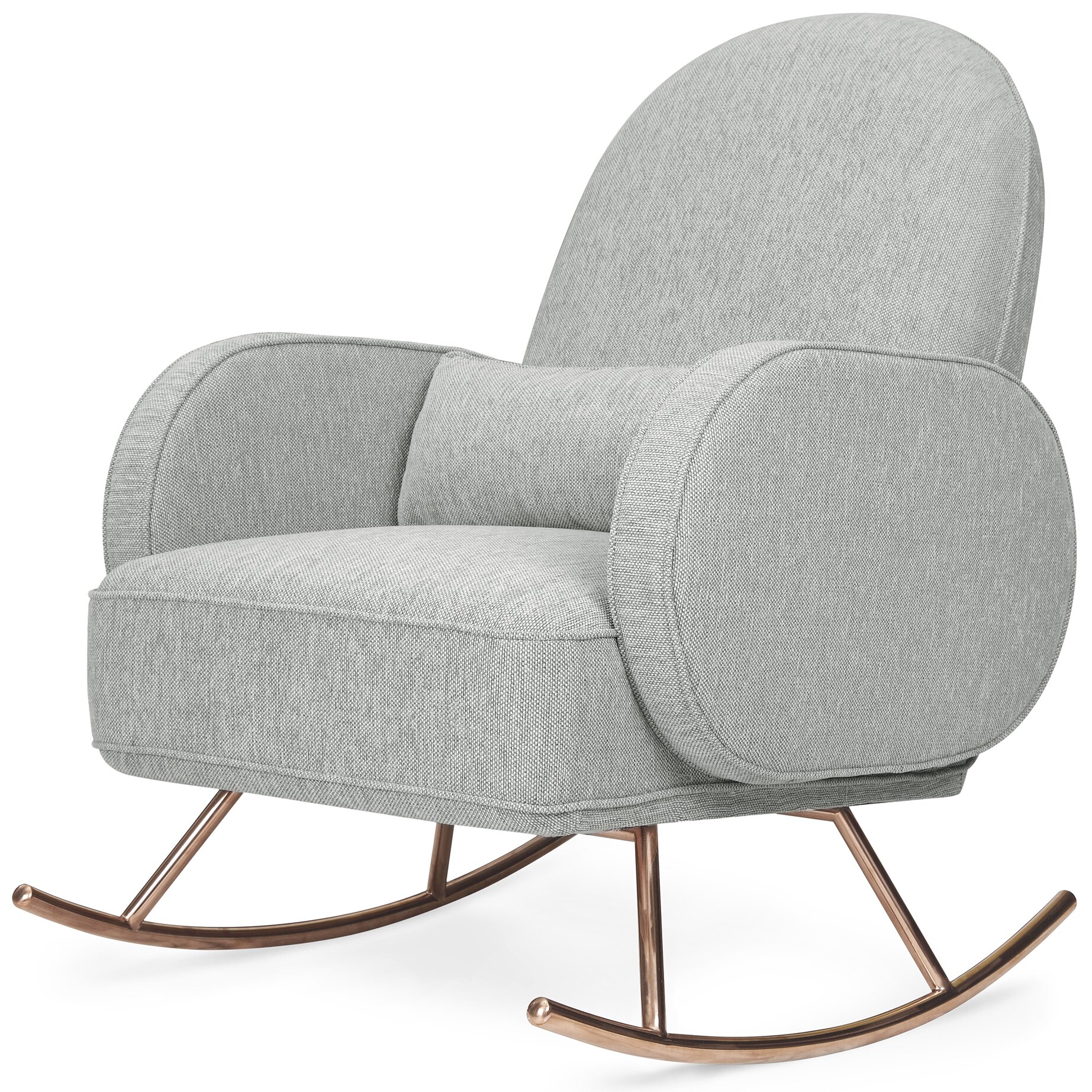Wicker Rocking Chair Aesthetics in a Nursery: Wicker Rocking Chair Nursery

Right, so, wicker rocking chairs in a nursery? Properly lush, innit? They bring a chilled vibe, a bit of that rustic charm, and are dead comfy for those late-night feeds. They’re way more stylish than a plastic chair, and let’s be honest, way more Instagrammable.
Wicker Rocking Chair Styles and Materials
There’s a load of different styles out there, from proper vintage to super modern. The material varies too – you get different weaves, different thicknesses, and even different colours of wicker. It’s all about finding the right fit for your nursery’s vibe. Check out this table for a quick rundown:
| Style | Material | Color Options | Overall Aesthetic |
|---|---|---|---|
| Classic Victorian | Dark brown rattan, thick weave | Natural brown, dark stained | Traditional, elegant, slightly formal |
| Modern Minimalist | Light-colored wicker, thin weave | White, light grey, natural beige | Clean, simple, airy |
| Bohemian Chic | Natural rattan, varied weave patterns | Natural tones, pops of colour (e.g., teal, blush pink) | Relaxed, eclectic, textured |
| Farmhouse Rustic | Light brown wicker, medium weave | Natural brown, whitewash | Cozy, homely, slightly distressed |
Color and Finish to Complement Nursery Themes
The colour and finish of your wicker rocker are key to tying the whole nursery look together. A natural brown wicker works a treat in a boho nursery, maybe with some macrame hanging around. A whitewashed wicker chair would totally slay in a Scandi-style room, paired with some pastel colours. For a more modern feel, you could go for a dark-stained wicker chair, which would look wicked with monochrome decor.
Nursery Room Setups Featuring a Wicker Rocking Chair
Here’s a few ideas to get those creative juices flowing:
Modern Farmhouse Nursery
Imagine a light, airy room with white walls, a wooden cot, and a whitewashed wicker rocking chair. Add some greenery – maybe a small potted plant or some eucalyptus – and a soft, neutral rug. Think soft creams, greys, and natural wood tones for a calming and homely vibe.
Bohemian Nursery
This one’s all about texture and colour. Picture a room with a woven rug, macrame wall hangings, and a natural rattan wicker rocking chair. Throw in some cushions in earthy tones and a patterned tapestry for a chilled-out, eclectic feel. Think terracotta, mustard yellow, and deep greens.
Classic Nursery
For a more traditional look, go for a dark brown stained wicker rocking chair. Pair it with a classic white cot, some vintage-style prints on the walls, and a soft, cream-colored rug. Keep the colour palette simple and elegant – think creams, whites, and subtle pops of a muted colour like pale blue or blush pink.
Practical Considerations and Safety for Wicker Rocking Chairs in Nurseries

Right, so you’re all set on a wicker rocking chair for the little one’s room – mega cute, right? But before you get all comfy, there’s a few things to suss out to make sure it’s safe and sound. We’re talking about your cherub’s safety, innit? No messing about.
Choosing a wicker rocking chair for a nursery isn’t just about aesthetics; it’s about making sure it’s a safe and comfy space for your little sprog. We’re not talking about just any old chair, this is about making sure it’s built to last and withstand the rigours of tiny humans. Think of all the potential hazards – spills, bumps, and general toddler mayhem. Let’s get into the nitty-gritty.
Safety Features of Wicker Rocking Chairs
Choosing a safe wicker rocking chair involves checking a few key things. It’s all about peace of mind, bruv. You want something sturdy, well-made, and free from any potential hazards that could injure your little one.
- Stability: Look for a chair with a wide, sturdy base. A wobbly chair is a big no-no, especially with a wriggly baby involved. Think about the weight distribution – you don’t want it tipping over easily.
- Materials: Opt for high-quality wicker made from durable materials, preferably treated to resist moisture and damage. Avoid anything that looks flimsy or has loose bits that could come off and become a choking hazard.
- Sharp Edges and Points: Check for any sharp edges, splinters, or protruding wires – these are massive hazards for little fingers and toes. Smooth surfaces are key.
- Finish and Coatings: Ensure any finishes or coatings are non-toxic and child-safe. You don’t want your little one gnawing on anything dodgy.
- Rocking Mechanism: The rocking mechanism should be smooth and free from any snags or rough edges. A clunky mechanism could be a risk.
Durability and Longevity of Wicker Materials, Wicker rocking chair nursery
Different wicker materials have different levels of durability. Some are proper sturdy, while others are a bit more… delicate. Knowing the difference is key to choosing a chair that’ll last.
- Rattan: Rattan is a strong and durable material, known for its flexibility and resilience. It’s relatively easy to clean and maintain, making it a good choice for a busy nursery.
- Willow: Willow wicker is a bit more delicate than rattan, but it can still be quite durable if properly treated. It’s often lighter than rattan, which might be a plus for some.
- Seagrass: Seagrass is a natural material that’s known for its rustic look. However, it’s generally less durable than rattan or willow and can be more prone to damage from moisture.
Regular cleaning and treatment are essential to extend the lifespan of your wicker rocking chair. A quick wipe down with a damp cloth is usually sufficient, but for more stubborn stains, you might need a mild soap solution. Avoid harsh chemicals, as these can damage the wicker. Regularly applying a protective sealant can also help protect it from moisture and wear and tear.
Assembling and Maintaining a Wicker Rocking Chair
Assembling a wicker rocking chair usually involves following the instructions provided. Most are pretty straightforward, but if you’re struggling, you could always ask a mate for a hand. Once it’s up, regular maintenance is your best mate for keeping it in tip-top condition.
- Cleaning: Regularly dust the chair with a soft brush or cloth. For spills, wipe them up immediately with a damp cloth. For more stubborn marks, use a mild soap solution and a soft brush, then rinse thoroughly and allow to dry completely.
- Treating: Applying a protective sealant every few months can help prevent damage from moisture and wear and tear. Follow the instructions on the sealant you choose.
- Inspection: Regularly inspect the chair for any loose or damaged parts. Tighten any loose screws or replace any damaged pieces promptly to ensure safety.
